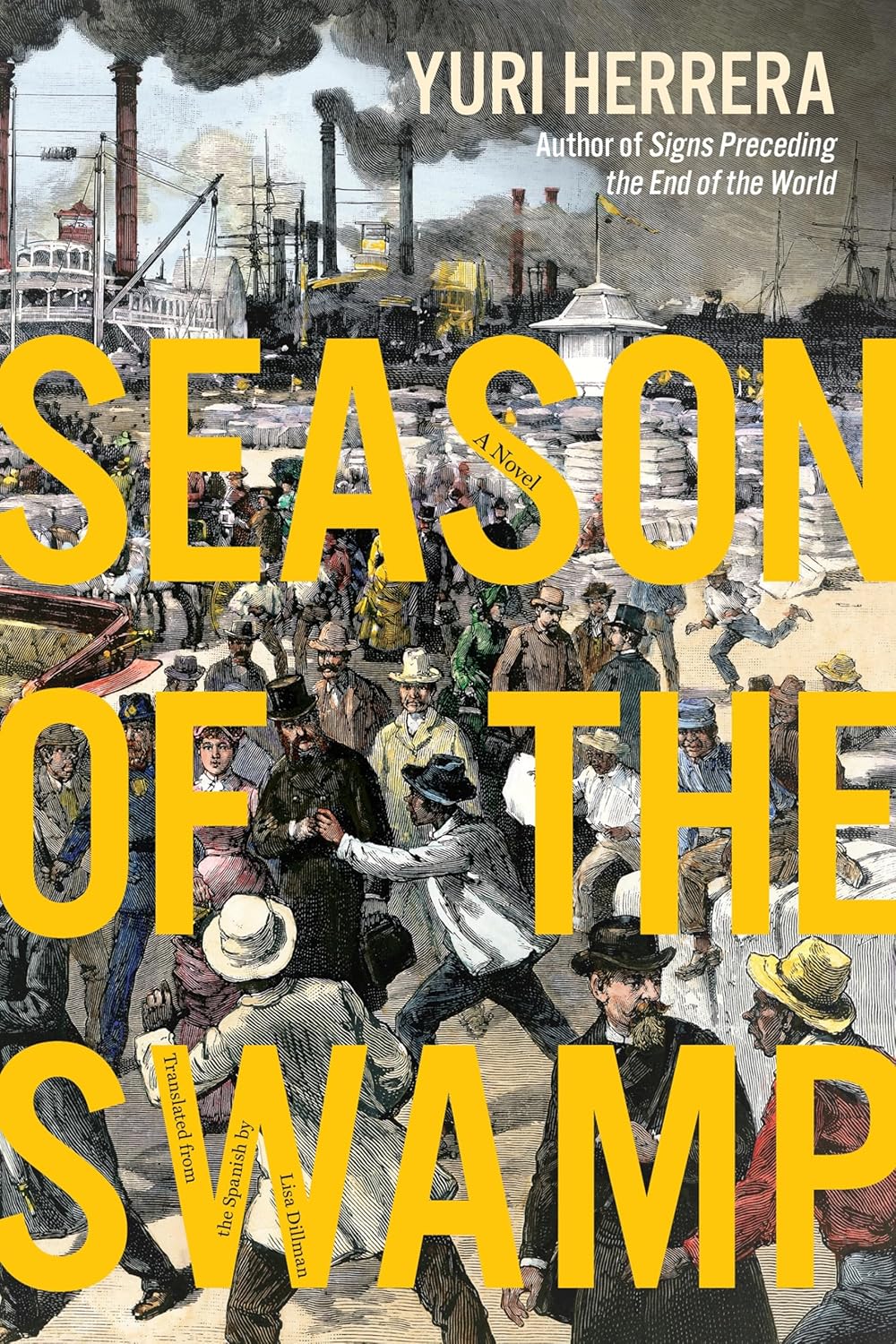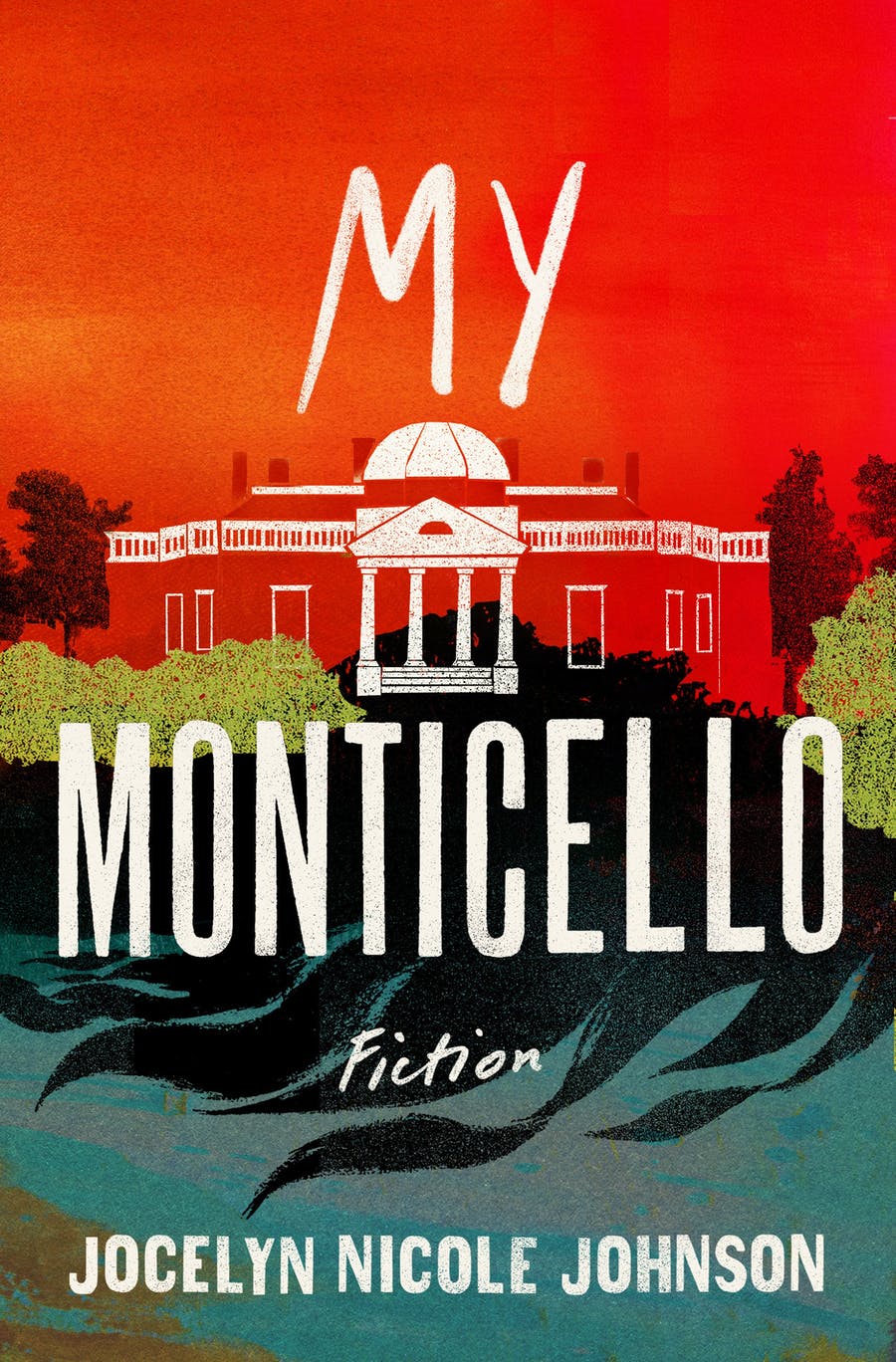Season of the Swamp: A Novel
- By Yuri Herrera; translated by Lisa Dillman
- Graywolf Press
- 160 pp.
- Reviewed by Carr Harkrader
- October 17, 2024
A future president of Mexico endures exile in 1850s New Orleans.

Early on in Yuri Herrera’s Season of the Swamp, a man stares at an old plantation house. It is 1853 in New Orleans, so the home is not that old, but it is no longer a plantation. There’s a new sign on it labeling it an orphan asylum. “In a flash he saw them both in the same place,” Herrera writes, “like a series of daguerreotypes in a flipbook, violently changing while remaining the same.”
This idea of stasis atop the vicious churn of time sticks with you (if only, perhaps, for its relevance to our own volatile, polarizing times that may one day be frozen in amber). But the image lands even more poignantly because the man conjuring these evocative images of Dixie’s decay is Benito Juárez. In 1852, he was banished from Mexico by the dictatorial Santa Anna. By the time he returned to his homeland, Juárez would become that country’s first Indigenous president, a mighty reformer, and an eventual icon for freedom movements around the world. First, though, came Juárez’s exile in 19th-century New Orleans; Season of the Swamp is a rumination on what his time there might’ve meant to him and his cause.
Admittedly, Herrera is working with a scanty historical record; from what is known, it appears Juárez had a few jobs in local factories and met other Mexican exiles living in the Crescent City. As the author shares in a brief introduction, Juárez’s diary notes his arrival in Louisiana but says nothing about the 18 months he spent there before heading to Acapulco and resuming his fight at home. This novel, then, is an exploration both of what Juárez’s period in America might have looked like, and of what historical fiction can achieve.
The story closely follows Juárez’s perspective, from the moment he arrives in New Orleans and is accosted by “the badges” of port security, to meeting up with compatriots, to exploring the city’s special attributes (its “coffeehouses,” where everyone seems to be drunk; it’s ungodly stench and bitter heat; and its plethora of opera houses).
Herrera’s Juárez is an apt narrator in many ways — aware of the world and its troubles, but modest enough to engage his surroundings with an observant gaze. He befriends a woman named Thisbee, a coffee seller and (it turns out) a revolutionary of her own sort. She harbors enslaved people and helps them escape to freedom, an effort in which Juárez soon gets involved.
Seeing this all through Juárez’s eyes encourages American readers (this one, at least) to seek out more information on the man’s life. The novel gives hints about his past, such as when the New Orleans’ markets remind him of Oaxaca and his pined-for wife, Margarita, who remains there. Still, Season of the Swamp is true to its title: it is intensely focused on the dislocation he felt during his sojourn in New Orleans. Indeed, the city is almost a character in its own right. Reflect Juárez and his fellow exiles, “How ironic it is to be exiled by a tyrant, only to end up in a city of captured humans (‘slaves’ is what they said).”
In Herrera’s telling, Juárez becomes enmeshed in the dynamics of a city built on human bondage and the profits thereof. Like the muddy footprints theatergoers track into its auditoriums, the physical signs of slavery’s hold on the city seep into everything. Juárez, for his part, confounds the local police’s perception of a person of color. His complexion demands surveillance, yes, but his vaunted background defies their understanding of what a non-white individual can do.
The novel, skillfully translated by Lisa Dillman, is slim, its chapters are quick, and its best insights are presented via a man far from home who will go on to become one of Mexico’s most consequential figures. “Places sometimes invent themselves atop the bones of other places,” Juárez muses about a city that, to its inhabitants, is equally French, Caribbean, Spanish, and Southern. To Benito Juárez, of course, New Orleans is simply the north. And to Yuri Herrera, it’s an ephemeral place that exists between history and imagination, one that challenges us to consider what we know and how we know it.
Carr Harkrader is a writer and book critic in Chicago. You can follow him on Twitter/X at @CarrHark.

